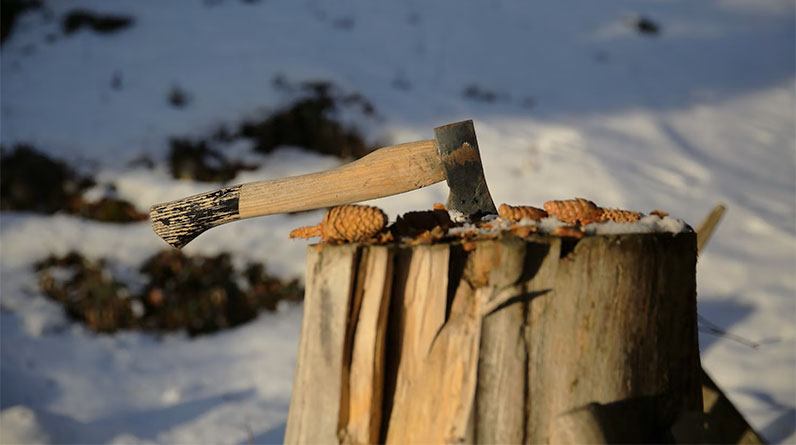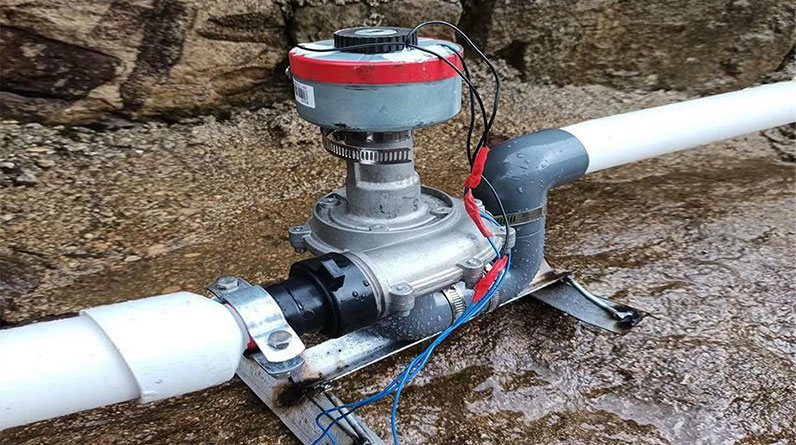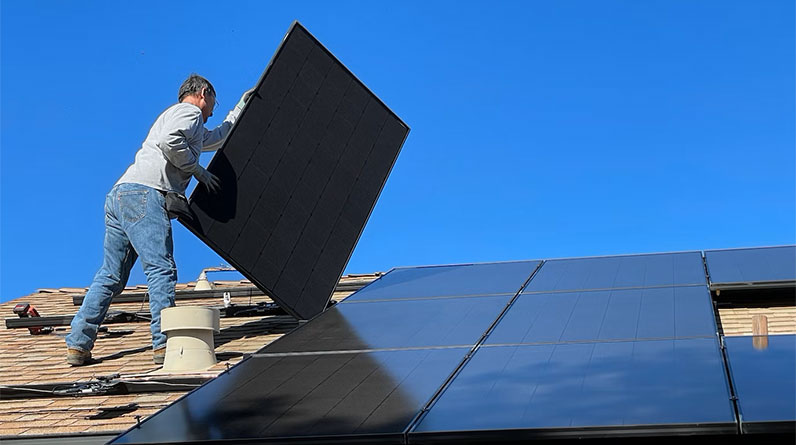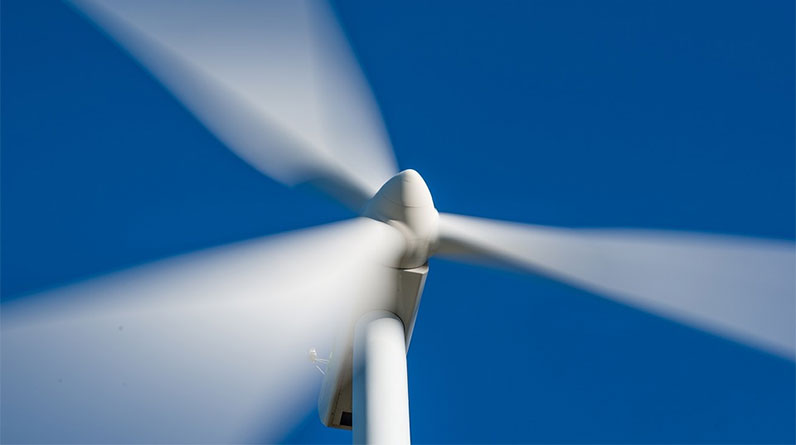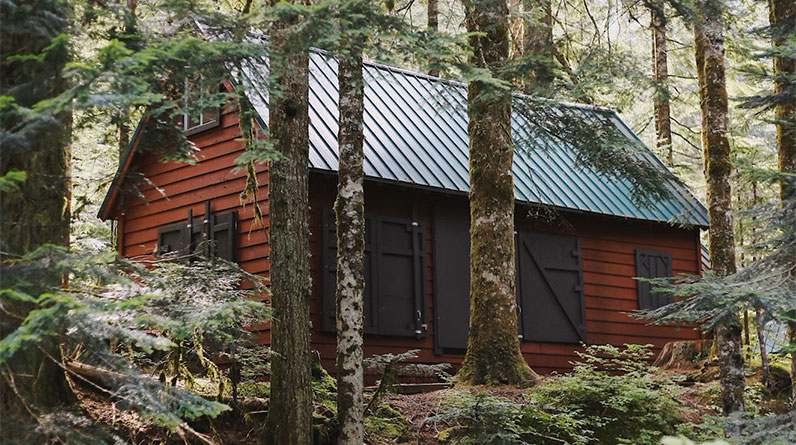
Building Your Own Off-The-Grid System
One of the most freeing things you can do with your land is to remove your dependence on the power grid as much as possible. Building your own off-grid system will give you peace of mind that no natural disaster or outage will take away from you.
Off-grid living requires a whole new set of skills and knowledge, but it’s not as difficult as it might seem. Things like installing solar panels requires electrical know-how, but once you’re finished reading this article, we bet you’ll see that setting up an off-grid system is something well within the reach of most people.
Whether you have a cabin in the woods or simply a small backyard cottage away from city life, being off the grid will open up all kinds of possibilities for you and your property. Even if you don’t have any immediate plans for being self-sufficient and disconnected from traditional utilities like water, knowing what these things involve can be useful in case future circumstances ever make them necessary. Let’s get started!
Consider the Reasons
Before we get into the specifics of how to build your own off-grid system, let’s talk about why you might want to do this in the first place.
- Self-Reliance: When you’re connected to the grid, you depend on utility companies to keep the power flowing. A grid-tied system is a risk for everyone, the power workers and you.
You never know when a storm might knock the lines down, or someone might hack the grid, causing a blackout throughout the city. Being off the grid puts you in control. You can generate your own power and store it for later use. - Lower Cost: In the long run, self-sufficient living comes out much cheaper. You’ll never have to worry about power outages or rising prices for electricity from the grid. If you live somewhere that has access to cheap power, you may still find it more financially advantageous to generate your own electricity.
- Environmentally Friendly: Grid-tied systems use a lot of energy, and they produce a large amount of pollution. If you’re off the grid, you can reduce your carbon footprint and help the environment.
Three really important elements of an Off-The-Grid system are:
- Generation of electricity;
- Having a continuous water supply;
- A means to recycle waste.
Your Own Solar Power System
Let’s start with the most obvious element of an off-grid system: solar power.
Solar power has come a long way since the 60s, when people were only just beginning to discover its potential. Now, solar panels are more efficient than ever before, and they come in a variety of sizes, shapes, and designs.
New technology like the solar shingles from Tesla have made solar power a more attractive option for homeowners. These shingles will look just like regular shingles, but they will produce clean, renewable energy for your home.
With these shingles, you don’t have to worry about mounting panels on your roof because they are actually integrated into the roof itself. Of course solar panels can be installed on roofs or land that gets a lot of sun, and they feed energy into inverters that convert the direct current (DC) produced by the panels into alternating current (AC) that can be used by household appliances.
Water Storage and Filtration
Water is one of the most vital aspects of self-sufficient living. If a natural disaster, terrorist attack, or other emergency ever cuts off your water supply, you will find yourself in a very dire situation.
Water storage containers are where you will store your water in times of plenty. When water is released from the containers, it goes through a filtration system that removes impurities and makes it safe to drink.
When selecting a filtration system, look for one that uses activated carbon or modern ion exchange resins. These systems remove chlorine, heavy metals, and other harmful substances from the water.
If you live in a climate where you get a lot of rainfall, harvesting rainwater is another essential part of off-grid living. Rainwater is free and safe to drink as long as you filter it first. If you already have a water system in place, you may want to invest in a rainwater harvesting system. This will allow you to collect water and store it for later use.
Rainwater Harvesting System
If you live in a region that gets a lot of rainfall, you can use this to your advantage and create a rainwater harvesting system.
This involves diverting the rainwater from your roof into a storage container, where it can be used for things like watering your garden or flushing your toilets. This is a great way to reduce your water usage and cut costs.
If you live in a high-rainfall area, you can set up a rainwater harvesting system in as little as a few hours. You can purchase a pre-made system or build your own. Depending on the size of your roof, you might be able to collect enough rainwater to completely eliminate your water bills.
Another advantage of this system is that it will reduce the amount of runoff going into rivers and streams. This runoff can be harmful to the environment, causing algae blooms, fish die-offs, and an unpleasant smell.
Going To Waste – Composting Toilet
Since you will be producing your own waste, you’ll need a place to put it. A composting toilet will turn your waste into compost and keep it out of the way until it is fully decomposed.
Even though composting toilets are called toilets, they do not use water. Instead, they rely on a system of air flow, temperature, and humidity to break down the waste.
Composting toilets are relatively easy to maintain, and some of them look just like regular toilets. If you plan to use one of these toilets, be sure to select one that is approved by your state. Some composting toilets are connected to a tank, which holds the compost until it is ready to be used as fertilizer.
You can also use the composting process to create fertilizer for your garden, and then use the fertilizer to create a self-sustaining system that requires no water or upkeep.
Conclusion
Building your own off-grid system is a great way to reduce your carbon footprint and become more self-sufficient. Since you will be generating your own power and collecting your own water and fertilizer, you’ll be fully prepared in case a natural disaster ever hits your area.
You can also use this system to reduce your energy costs. Keep in mind that this is a long-term investment, and it will take some time to set up. Once you are finished, however, you’ll have a fully-functioning system that will save you money and let you live off the grid.
